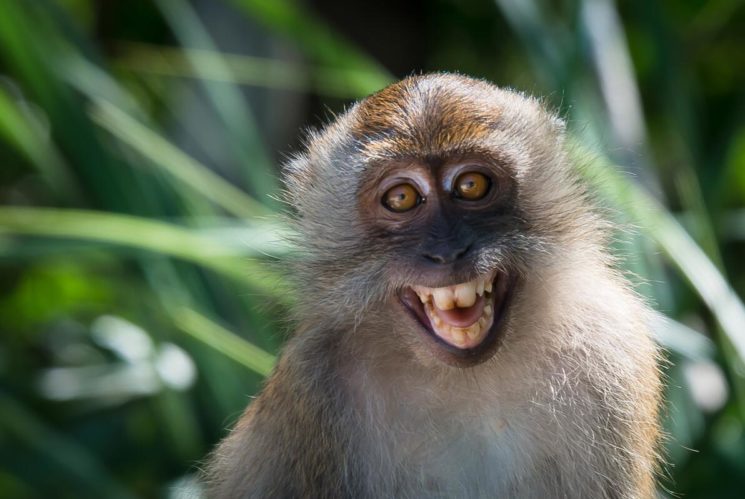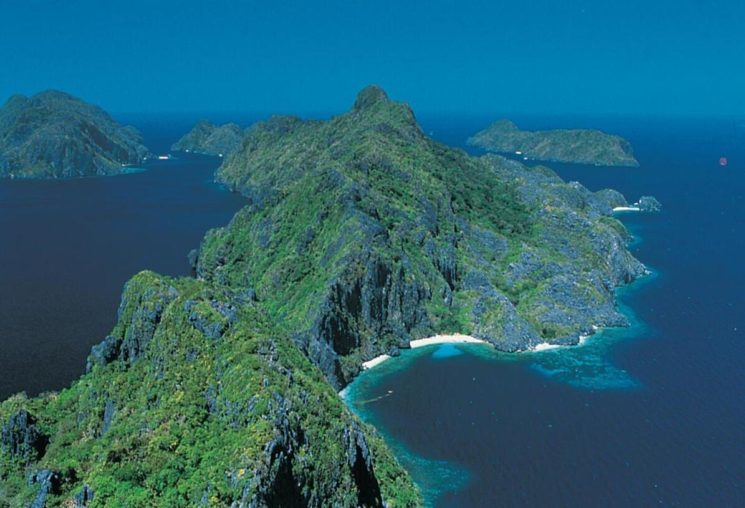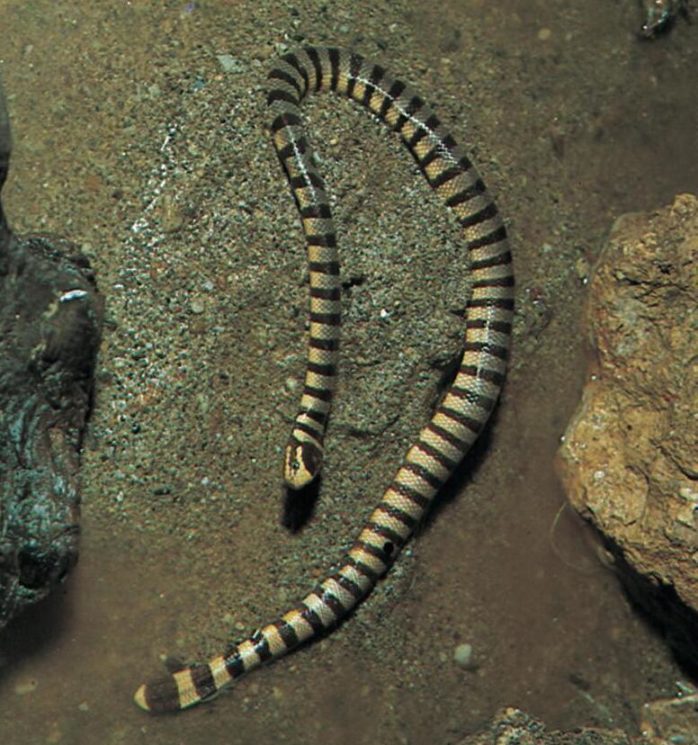The Philippines encompasses the northern part of the large archipelago of Southeast Asia, and lies north of Indonesia, northeast of Borneo and south of Taiwan. To the west lies the South China Sea and to the east the Philippines (Pacific).
The country officially consists of 7,107 islands of which 2787 are named. Of these, 500 are larger than 1 km2, and the 11 largest comprise 93 per cent of the land area. The total land area is 300 000 km2, but the islands are spread over an area of 1.3 million km 2. The total extent is 1850 kilometers from north to south and 1060 kilometers from west to east.
Philippines. The Philippines is located in one of Earth’s geologically unstable regions, with frequent earthquakes and volcanic eruptions. Many of the islands are wooded with fine beaches along the coast, and are popular tourist destinations. The island of Palawan with the forest area of El Nido.
Archipelagos
The islands are divided into four main groups:
- The largest island of Luzon(109 965 km2 ) with neighboring islands of Mindoro (10 571 km2 ) and Masbate (3269 km2 ) in the north.
- Mindanao (94 604 km2 ) with the Sulu Islands to the south.
- The Visayas with Samar (13 428 km2 ), Negros (13 309 km2 ), Panay (12 011 km2 ), Leyte (7368 km2 ), Cebu (4422 km2 ) and Bohol (4821 km2 ) as the most important in the middle.
- Palawan (14,896 km2 ).
Geology and landforms
The Philippines forms a link in the major folding chains that meander and arc between the Asian mainland and the Pacific. Several mountain ranges, 1000-1500 meters high, extend parallel to the main axes of the eyes. The rocks are essentially tertiary eruptives and sediments. The earth ‘s crust has not settled, there are frequent earthquakes and volcanic eruptions. The seas outside are deep, in the west and south over 5,000 meters, and in the long Philippine pit in the east there are depths of about 11,000 meters, the largest measured sea depth on Earth.
At Luzon, the mountain range of Cordillera Central forms the island’s backbone. It consists of several parallel chambers with an average height of about 1650 meters above sea level. Here lies the island’s highest peak, the volcano Pulog (2922 meters above sea level). Along the northeast coast, Sierra Madre runs for a length of around 560 kilometers. The mountain range is largely volcanic and slopes steeply towards the sea.
Between these main chains lies the Cagayan Valley, which is one of the Philippines’ most important agricultural areas. The central plain, or Manilasletta, lies parallel to the Cagayan Valley, but west of the Cordillera Central. Manilasletta is a densely populated agricultural area, and opens on both ends to the sea. To the south and east of Manilasletta, Luzon is divided into a varied landscape of volcanoes.
With the exception of Bohol and Samor, the Visayas are made up of a single mountain range. The largest mountain range in Mindanao, the Diuata Mountains, lies along the east coast and is bounded on the west by the fertile valley of the Agusan River. South of the Mindanao River lies the Apo Volcano (2954 meters above sea level), which is the highest mountain in the Philippines.
Plant life in the Philippines
The plant life in the Philippines is lush and similar to the plant life in the other islands of East Asia, but there are continental Southeast Asian mountain plants on Luzon. A few Australian plants also occur. Over 60% of the species are native (endemic) to the Philippines. Along the coasts, mangrove forests grow. More than half of the area is wooded, but a large part is unproductive secondary forest. Savannah and marsh cover large areas.
Climate in Philippines
The Philippines is located in the tropical climate zone and has a fairly uniform climate. Temperatures are generally around 26–27 ° C and annual variations are only 3–4 °.
The regional climate differences are almost exclusively due to the distribution of rainfall. The western coastlines have a markedly drying and rainy season.
In the period June – December, as the southwest monsoon dominates, large rainfall falls. Winter and spring, on the other hand, are drought time, as these coastal stretches lie in shelter for the northeast pass. On the eastern coasts, rainfall is more evenly distributed throughout the year. Most fall in connection with the northeast pass, but during the summer months the southern monsoon winds also bring rain to the east coast. The annual rainfall varies from just under 1000 mm in the valley plains (with drying time) to 4500 mm in the mountains. The northern half of the Philippines is exposed to tropical hurricanes (typhoons), see tropical low pressure.
Wildlife in the Philippines
The mammalian fauna is poor due to the Philippines’ long-standing isolation from continental Asia. Pointed mice, rodents and bats (including large, fruity flying dogs ) are widespread. Filipino paratroopers and Filipino ghost monkeys are native representatives of families found only in the jungles of East Asia. The Java monkey or crab moth live in the mangrove forests. Two sivetter (sneak cats), leopard cat, sambar deer and one boar are also found on many of the islands. Mindoro buffalo (stock 100–200 animals) are found only in the Mindoro jungle.
Nearly 500 bird species breed in the Philippines. The pigeons are richly represented, including indigenous species in the genus blood pigeons (formerly called dagger stick pigeons), brown pigeons, green pigeons, fruit pigeons and emperor pigeons. The rare monkey eagle is found only in Mindanao’s mountain forests.
Palawan had a land connection with the mainland during the last ice age and can exhibit several species: woodpecker mice, shellfish, hollow-tailed pigs, two sniping cats, Filipino porpoises, gray oats and bearded pigs. Lizards and snakes are richly represented on the islands, oceanic snakes in coastal waters, and Mindoro crocodile in swamps and rivers.


